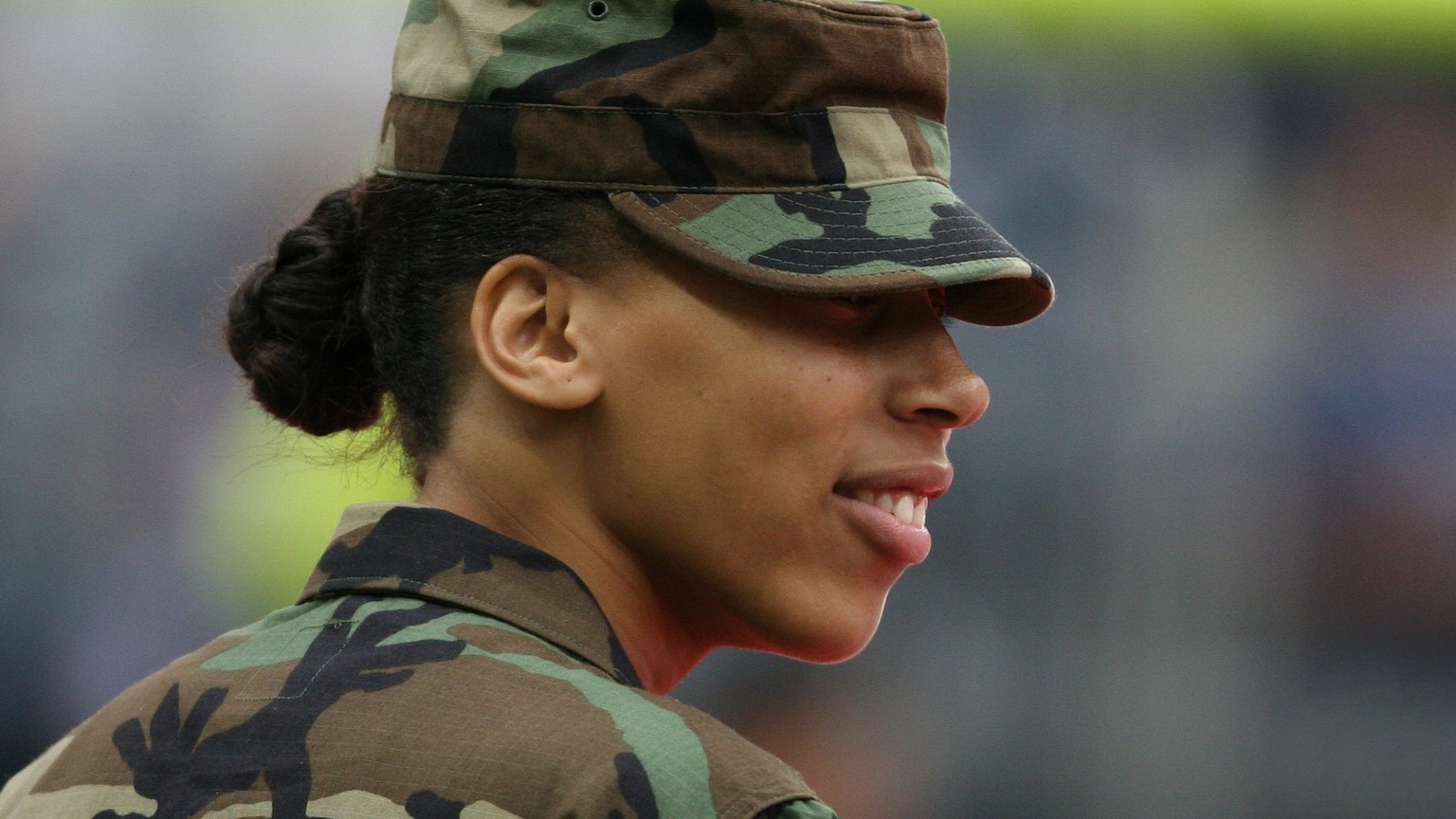The Army
announced they will be expanding their permissible hairstyles, following new guidelines previously unveiled in January, according to their website.
The new rules will allow women to keep their hair in either a bun, single ponytail, two braids or a single braid. Locs, braids, twists or cornrows can come together in either one or two braids or a ponytail. The military branch also said braids or a ponytail can go as far down as the bottom of the shoulder blades while in the attention position.
“This new modification is more practical for our female soldiers. It allows them flexibility in a tactical environment, while maintaining a professional appearance in garrison,” Sgt. Maj. Brian C. Sanders, Army G-1 Uniform Policy Branch Sergeant Major said. “This change also helps to alleviate hair loss and damage to the scalp.”
The changes come as the military attempts to be more gender and racially inclusive. This year, the Army also updated its policies to allow highlights, lipstick, nail polish and earrings.
"This is one of the many facets of putting our people first and recognizing who they are as human beings," Sanders said. "Their identity and diverse backgrounds are what makes the Army an ultimate fighting force."
"I use the analogy, 'If you look good, you feel good — and if you feel good, you perform [well]," he continued. "If I am in the Army long enough, it would be nice to see how these changes have improved productivity … and make soldiers perform better."
Previously, women were required to wear their hair in a tight bun, which Staff Sgt. April Schacher, a flight operations specialist assigned to Fort Belvoir in Virginia, said it affected the female soldiers wearing helmets while training.
“It would affect how low the helmet lies on our eyes, so, especially with shooting our weapons, that did affect being able to see the target properly," she said, NPR reported.
Sgt. Nicole Pierce, a behavioral health noncommissioned officer stationed at Fort Sill in Oklahoma, agreed with Sanders’ assertion, telling NPR's Weekend Edition that "tightening of the bun has really over the years pulled my hair out.”
Pierce also mentioned that the tight buns contributed to her headaches and exacerbated her postpartum hair loss. Now, she’s rejoicing in the changes, with the "happiness of just having the option of how we want to do our hair: bun, ponytail, braids. I'm just excited that we have options."
Since 2005, the Army has forbidden twists and locs but wasn't specific about size. Nine years later in 2014, women of the Congressional Black Caucus sent a letter to Defense Secretary Chuck Hage, asking him to reconsider hair regulations.
Maj. Terri Taylor, who is stationed at Fort Stewart in Georgia, said that regardless of the hairstyle, as long as soldiers look clean and professional, there should be no points of contention.
"Who's to say that a ponytail is not professional in appearance? Who's to say that locks are not professional in appearance? As long as you can properly wear your headgear and look professional in your uniform, I think that's what matters at the end of the day," she told NPR.
Earlier this year, the Air Force also expanded their hair guidelines to allow longer braids, ponytails and bangs for women.
“As an outcome of the 101st Air Force uniform board, Air Force women will be able to wear their hair in up to two braids or a single ponytail with bulk not exceeding the width of the head and length not extending below a horizontal line running between the top of each sleeve inseam at the under arm through the shoulder blades. In addition, women’s bangs may now touch their eyebrows, but not cover their eyes,” they announced on their website.
Ultimately, Sanders noted how the new standards emphasize people over style.
"Our identity is important," he said. "If we care about people first and the soldier as a whole, we have to care about the many aspects to who they are as well. This is a small, but significant change that positively impacts a considerable size of our force."

